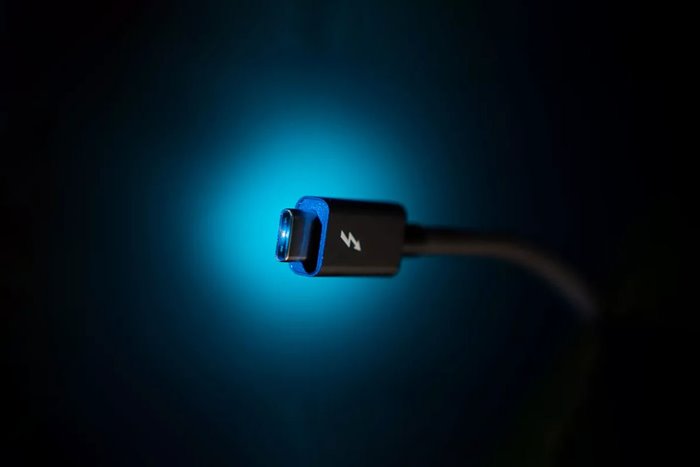The Second Version Of Usb 4 Was Introduced With A Bandwidth Of 80 Gb
The Second Version Of USB 4 Communication Technology Was Introduced With A Double Bandwidth Compared To The First Version, With A Capacity Of 80 Gigabits Per Second.
USB Promoter Group introduced version 2 of USB 4 communication technology with significant improvements compared to the original version. The most important feature of version 2.0 is doubling the bandwidth from 40 Gbps to 80 Gbps.
This stunning development makes USB 4.2 one of the best standard connectors available. By stealing the ball of superiority from all existing USB Thunderbolt standards, including Thunderbolt 4 with a capacity of 40 Gbps, the new version of USB 4 becomes the undisputed king of the wireless communication world.
The astonishing speed of version 2.0 is due to the particular architecture and new physical layer added to USB4. In this way, the 2.0 version uses the 40 Gb capacity available in the USB4 Type-C cable, and by using the new architecture, it brings a new type of USB Type-C cable with 80 Gb/s bandwidth to Armaghan.
Also, the new version has updated display-related functionality, including increased bandwidth beyond USB 3.2’s 20 Gbps data tunneling when using modes such as DisplayPort. Additionally, the second version of USB 4 has been updated to take advantage of the latest versions of DisplayPort and PCIe features.
It should note that the second version of USB 4.0 is also compatible with all previous versions, such as the original USB 4, USB 3.2, USB 2.0, and Thunderbolt 3.
According to the creators, version 2.0 is specially designed to use various devices such as docks and advanced displays only through a single USB port. The mentioned action is entirely logical; Because the bandwidth of 80 GB version 2.0 is too much for many people, and it is enough for the simultaneous use of several devices.
The new standard 80 Gbps bandwidth is ideal for users who connect their laptop to multiple devices such as external monitors, USB drives, Ethernet, and other devices and relieves them of bandwidth limitations.











